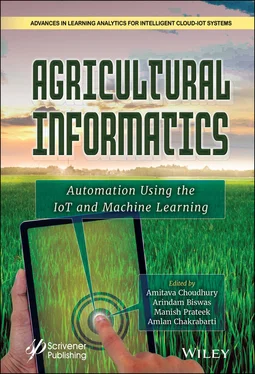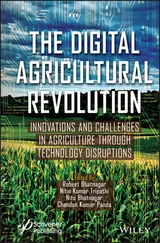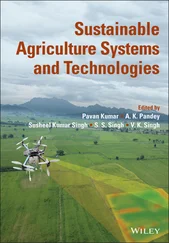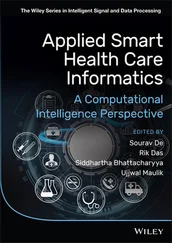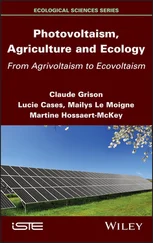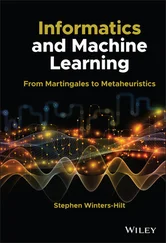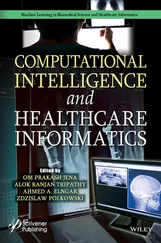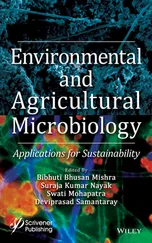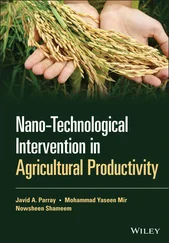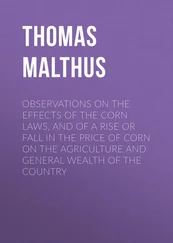Submission to the series:Please send proposals to Dr. Souvik Pal, Department of Computer Science and Engineering, Global Institute of Management and Technology, Krishna Nagar, West Bengal, India. E-mail: souvikpal22@gmail.com
Publishers at Scrivener Martin Scrivener ( martin@scrivenerpublishing.com) Phillip Carmical ( pcarmical@scrivenerpublishing.com)
Agricultural Informatics
Automation Using the IoT and Machine Learning
Edited by
Amitava Choudhury,
Arindam Biswas, Manish Prateek
and
Amlan Chakrabarti

This edition first published 2021 by John Wiley & Sons, Inc., 111 River Street, Hoboken, NJ 07030, USA and Scrivener Publishing LLC, 100 Cummings Center, Suite 541J, Beverly, MA 01915, USA
© 2021 Scrivener Publishing LLC
For more information about Scrivener publications please visit www.scrivenerpublishing.com.
All rights reserved. No part of this publication may be reproduced, stored in a retrieval system, or transmitted, in any form or by any means, electronic, mechanical, photocopying, recording, or otherwise, except as permitted by law. Advice on how to obtain permission to reuse material from this title is available at http://www.wiley.com/go/permissions.
Wiley Global Headquarters111 River Street, Hoboken, NJ 07030, USA
For details of our global editorial offices, customer services, and more information about Wiley products visit us at www.wiley.com.
Limit of Liability/Disclaimer of WarrantyWhile the publisher and authors have used their best efforts in preparing this work, they make no representations or warranties with respect to the accuracy or completeness of the contents of this work and specifically disclaim all warranties, including without limitation any implied warranties of merchantability or fitness for a particular purpose. No warranty may be created or extended by sales representatives, written sales materials, or promotional statements for this work. The fact that an organization, website, or product is referred to in this work as a citation and/or potential source of further information does not mean that the publisher and authors endorse the information or services the organization, website, or product may provide or recommendations it may make. This work is sold with the understanding that the publisher is not engaged in rendering professional services. The advice and strategies contained herein may not be suitable for your situation. You should consult with a specialist where appropriate. Neither the publisher nor authors shall be liable for any loss of profit or any other commercial damages, including but not limited to special, incidental, consequential, or other damages. Further, readers should be aware that websites listed in this work may have changed or disappeared between when this work was written and when it is read.
Library of Congress Cataloging-in-Publication Data
ISBN 978-1-119-76884-5
Cover image: Pixabay.ComCover design by Russell Richardson
Set in size of 11pt and Minion Pro by Manila Typesetting Company, Makati, Philippines
Printed in the USA
10 9 8 7 6 5 4 3 2 1
The emergence of automation in agriculture has become an important issue for every country. The world population is increasing at a very fast rate, and along with this increase in population the need for food is also increasing at a brisk pace. Traditional methods used by farmers are no longer sufficient to serve this increasing demand, resulting in the intensified use of harmful pesticides. This in turn has had a profound effect on agricultural practices, which in the end can render the land barren. This book discusses the different automation practices, including the internet of things (IoT), wireless communications, machine learning, artificial intelligence, and deep learning, currently being employed to address this problem. There are some areas of concern in the field of agriculture, such as crop disease, lack of storage, weed and water management, pesticide control, and lack of irrigation, all of which can be solved using the different techniques mentioned above.
From the earliest civilizations up till now, clothing, shelter and food have been the three primary needs of human beings that have remained constant. And even though we have become quite advanced in addressing issues related to housing and clothing, despite the increasing population (as per the Food and Agriculture Organization of the United Nations, 70% more food will need to be produced in 2050 than was produced in 2006), issues related to food production have yet to be completely addressed. In recent years, the IoT began to be used to address different industrial and technical challenges to meet this growing need. Therefore, now is the time to meet the future demands of farming which can only be accomplished by smart Agro-IoT tools. This will in turn boost productivity and minimize the pitfalls of traditional farming, which is the backbone of the world’s economy. Aided by the IoT, continuous monitoring of fields will provide useful information to farmers, ushering in a new era in farming. The IoT can be used as a tool to combat climate change; monitor and manage water, land, soil and crops; increase productivity; control insecticides/pesticides; detect plant diseases; increase the rate of crop sales; etc. This book will focus on some case studies that involve monitoring of climate conditions, greenhouse automation, crop management, cattle monitoring and management for smart farming with IoT devices, which will give a clear indication as to why these techniques should be used in agriculture rather than some of the previously developed agricultural tools currently in use.
Organization of the Book
We are delighted to present this book, which was made possible with the support and contributions from academicians from various highly reputable institutions. It is a manifestation of various interesting and important aspects of theoretical and applied research covering complementary facets of innovative algorithms and applications in the fields of agriculture and cultivation processes, including:
Machine learning algorithm and its role in agriculture
Smart farming using machine learning and the IoT
Agricultural informatics vis-à-vis the IoT
Application of agricultural drones
Real-time monitoring of environmental parameters in agriculture
Deep neural network-based multiclass image classification of plant diseases
Decryption and design of a multicopter unmanned aerial vehicle (UAV) for heavy lift agricultural operations
The 12 chapters of the book are briefly summarized below.
Chapter 1discusses various state-of-the-art machine learning algorithms and their role in agriculture. The domain of crop production is very important for organizations, firms, and products related to agriculture. Data is collected from different sources for crop forecasting, and may vary in shape, size and type depending upon the source of collection. Agricultural data may be collected from metrological instruments, soil-sensors that are remotely installed, agricultural statistics, etc. Marketing, storage, transportation and decisions pertaining to crops have a high requirement for accurate data produced in a timely manner that can be used for predictions.
Chapter 2describes how IoT tools are effective in smart farming. This chapter focuses on case studies like climate conditions monitoring, greenhouse automation, crop management, cattle monitoring, and smart farming management with IoT devices, which will provide a clear idea as to why this technique is preferable in agriculture rather than some previously developed agricultural tools.
Читать дальше
